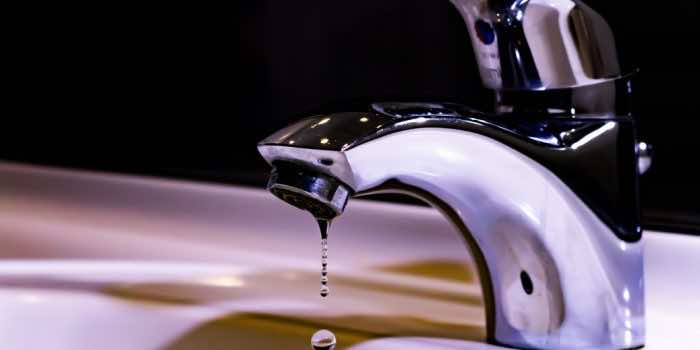Although almost three quarters of the Earth is covered with water, only 0.4% is fresh and accessible for use. As the world population continues to grow, the amount of water is dwindling, and while in many areas of the world, clean drinking water is in short supply, in some countries, billions of gallons of water are wasted every day. Leaks commonly occur in both home plumbing systems and urban infrastructure. In order to carry out repairs promptly, smart technology and inspection tools are increasingly being used by household plumbers and city engineers to precisely identify the source of wasteful leaks.
Inspection Tools Identify Damaged Household Pipes
Leaks from just one average household in the US can result in the loss of 10,000 gallons of water every year. Fixing leaks caused by corrosion is a common job for plumbers across the country. In warmer states such as Florida or California, damage can be caused by the increased use of chlorine used to deter bacteria growth. Indiana’s untreated groundwater is very hard, and, while fixing common problems such as dripping faucets, blocked toilets and faulty water heaters, a plumber in Indianapolis may see some corrosion caused by mineral build up. While there’s no substitute for a professional plumber, adding technology to their tool box can enhance their skills in detecting and treating this damage. Inspection video cameras provide real-time images of pipework, and are particularly useful in evaluating the condition of otherwise inaccessible water and sewage pipes.
Connected Systems Prevent Leaks And Flooding
In addition to the services of a professional plumber, households can benefit from the installation of smart plumbing. Connected systems identify any potential problems early to avoid damaging leaks and flooding. Flow-based detectors measure water usage throughout the house to identify instances of constant running water, an indication of a leak rather than normal episodic use. Along with providing alerts of potential leaks, a smartphone app can be used to adjust settings to automatically shut off water if necessary, giving homeowners peace of mind when they’re away from their property.
Sensors Control Loss From Urban Infrastructure
In England and Wales, over 3 billion liters of water is wasted every day from leaks in water and drainage pipes in towns and cities. In order to meet their pledge to reduce the number of leaks, the UK’s water industry regulator is embedding thousands of sensors in water and drainage networks. Accelerometers in the sensors are sensitive enough to measure even tiny vibrations that could be caused by a leak, and help to find the origin of the flow of water. As well as smart sensors, the use of robotics and AI in water systems around the world has also increased recently. In India, small robots examine sewer pipes for potential repairs, saving money and reducing the need for in-person inspections.
Water is a precious resource, and with a growing need for fresh water, it is becoming more important to minimize waste. Smart technology and sophisticated sensors can help both householders and city engineers to identify leaks, and fix them quickly and efficiently to save water.


